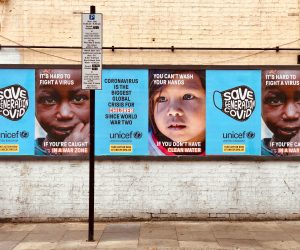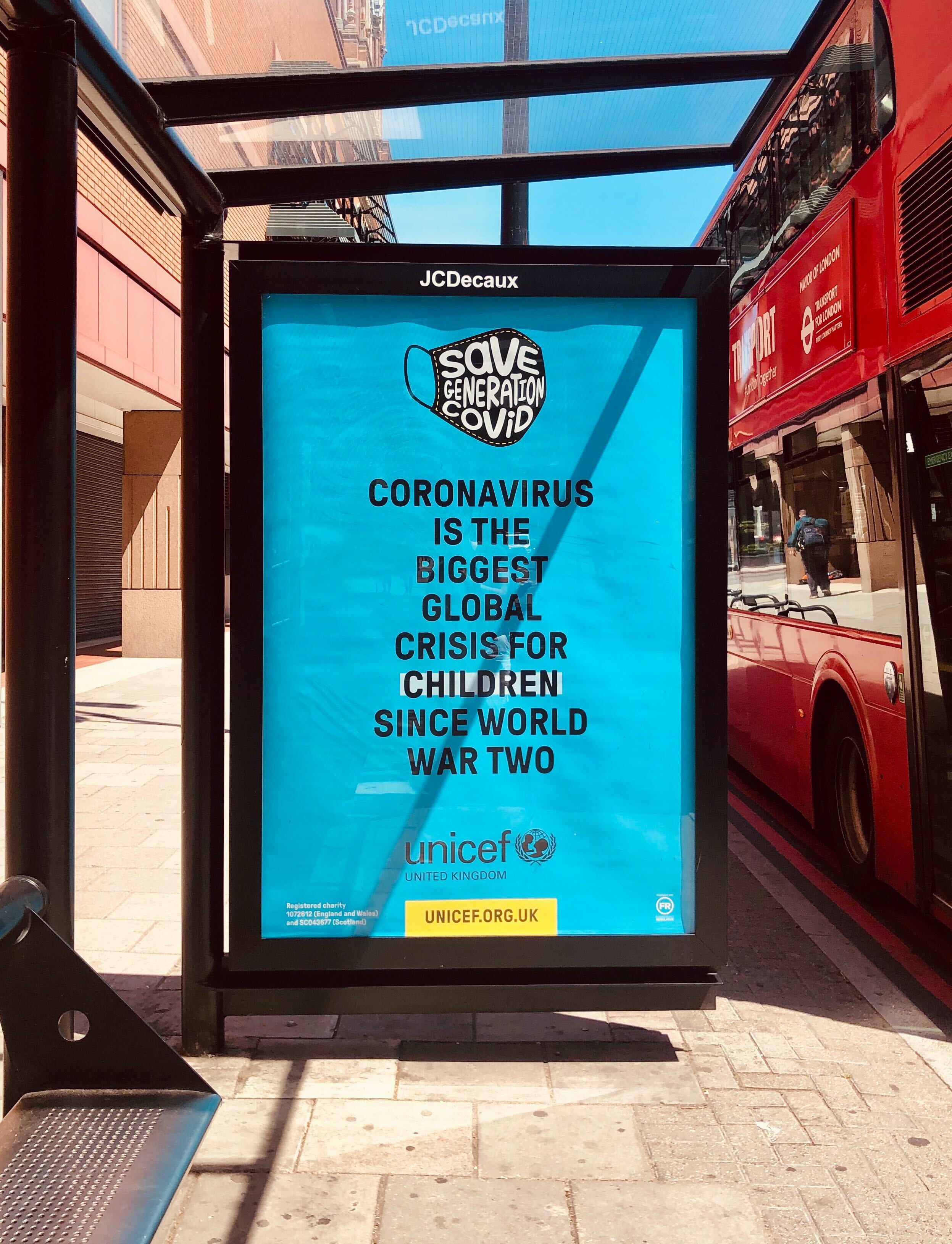Norway is helping UNICEF ensure children around the world continue to receive healthcare and a quality education during the pandemic.
Norway’s government is allocating 63.3 million U.S. dollars to help the United Nations Children’s Fund (UNICEF) provide youth with education, protection, and health and nutrition interventions, while focusing specifically on those with disabilities. Under the funding initiative, signed by Norway and UNICEF in November, the funds will help make sure youth at the greatest risk of losing their education because of poverty, marginalization, disabilities, etc., are able to access a quality learning environment. These populations will also receive nutrition and health care services designed to aid in COVID-19 prevention and treatment.
UNICEF is a United Nations-based organization that provides humanitarian and developmental aid to children worldwide. It currently has a presence in 192 countries and territories, and Norway’s government is allocating similar relief funds to the Democratic Republic of Congo, Mali, Niger and Somalia.
“We thank Norway for its commitment to helping us build a fairer post-COVID world for children,” said Henrietta Fore, UNICEF Executive Director. “The most marginalized children are paying the heaviest price of the COVID-19 pandemic. As the financial fallout of the pandemic leads to job losses and budget cuts, support from our partners like Norway is critical to help us meet children’s pressing needs.”

Dag-Inge Ulstein, Norway’s Minister of International Development Aid, added, “Investing in a child’s education is investing in a nation. With the current pandemic too many children and their families are falling through the cracks and need basic support such as food and health assistance. Yet, the focus on providing immediate support should not go at the expense of a longer-term vision. For many children across the globe, the pandemic’s consequences will continue to hit hard long after we have stopped worrying about infection rates. It is the most marginalized children that bear the brunt of the school closures and increase in poverty. Ensuring access to education is a much-needed life-line.”
This year, UNICEF previously reported “two thirds of the world’s school-age children – or 1.3 billion children aged 3 to 17 years old – do not have internet connection in their homes,” according to a new joint study from UNICEF and the International Telecommunication Union (ITU). This makes it particularly difficult for children to continue to receive quality schooling amid a pandemic.
“That so many children and young people have no internet at home is more than a digital gap – it is a digital canyon,” Fore said. “Lack of connectivity doesn’t just limit children and young people’s ability to connect online. It prevents them from competing in the modern economy. It isolates them from the world. And in the event of school closures, such as those currently experienced by millions due to COVID-19, it causes them to lose out on education. Put bluntly: Lack of internet access is costing the next generation their futures.”
“Connecting rural populations remains a formidable challenge,” agreed ITU Secretary-General Houlin Zhao. “As shown by ITU’s Measuring digital development: Facts and figures 2020, large parts of rural areas are not covered with a mobile-broadband network, and fewer rural households have access to the internet. The gap in the mobile broadband adoption and internet use between developed and developing countries is especially large, putting the almost 1.3 billion school-age children mostly from low-income countries and rural regions at risk of missing out on their education because they lack access to the internet at home.”
UNICEF and ITU together launched Giga in 2019, an effort to connect every school and community afflicted by the disparity. To date, Giga has now mapped over 800,000 schools in thirty countries, and the organizations are calling for funds to ensure the program continues to provide its much-needed service.


Join the conversation!